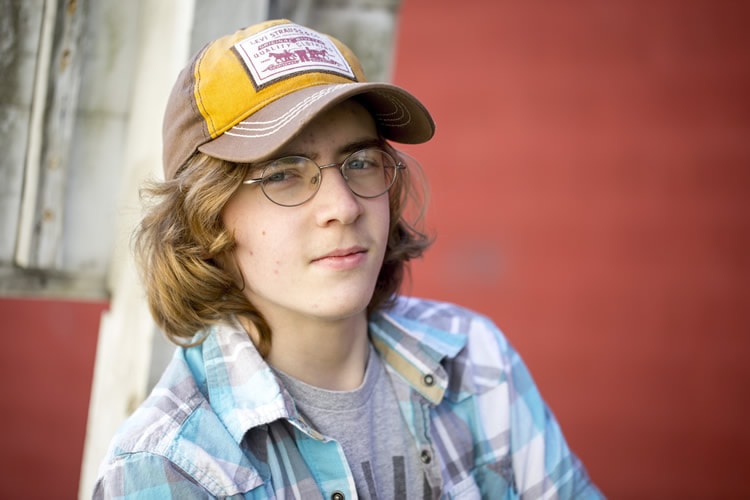Review Of The Canon 100mm L Macro Lens
Okay, I’ll be honest: I didn’t think much of this lens before I got it. I thought, why get this lens when you can get the non-L version, which performs excellently, for half the price? And if you do want to spend the extra cash for L glass, why not get the 135mm f/2L – which is one stop faster?
I must say I misjudged the 100mm L. This lens is awesome.
I’ll preface this review by saying that my previous favorite lens has been the Canon 85mm f/1.8. It’s inexpensive but is a downright amazing lens. It’s one of the first lenses I recommend beginners get because of its value.
However, the 100L has largely replaced the 85mm for me. Yes, it’s 1 1/3 stops slower, and bigger, and has a longer focal length. So why do I like it so much? Here are some of my favorite things about the 100L.
Image Quality
I’ll let you in on a secret: the 100L has amazing image quality. Seriously, what did you expect for an L lens? Colors, contrast, and sharpness are all excellent.

Is image quality even a question with L lenses? I think you get the idea. Next.
Build Quality
This point is largely the same as above: it’s an L lens. Actually, the 100L has a somewhat unique design among Canon glass – I can’t point to one thing specifically, but overall it’s a very modern, sleek design. I like it.
The focus ring is nice and wide, and has a nice dampened turn. Feels professional.
Macro
A major selling point of this lens is its macro capability. This is actually one of the more popular Canon macro lenses among photographers. When I got the lens, I didn’t think I would use the macro capability much. But having the option is great because now I shoot way more macro stuff.

One great thing about having macro is the close MFD – minimum focus distance. There are lots of times when I’m not shooting macro per se, but I need to get close to the subject. That’s sometimes a problem with lenses that have longer MFDs. Not the 100L. You can get as close as you need.
Bokeh
Okay, so f/2.8 isn’t the best you can get at 100mm. Canon even makes a 100mm f/2 USM non-L lens. But I think the added benefits of the 100L are worth the tradeoff in aperture. F/2.8 isn’t as bad as I thought either – you can get some decent bokeh with it.

And for when I do need f/1.8, I have my trusty 85mm. But I haven’t used it for a while – f/2.8 is doing just fine for me right now.
A huge advantage of this lens is the sharpness wide open. Whereas on other lenses you have to stop down a bit to get good sharpness, the 100L delivers excellent images wide open. I’m sure it’s a tiny bit sharper at f/4, but it’s so sharp at 2.8 that it really doesn’t matter.

Summary
All that to say: I love the 100L. It’s quickly become my go-to lens for short telephoto. It’s an L lens so of course you can expect amazing image quality and build quality. Plus it gives you the added bonus of macro capability – which comes in handy a lot more than I expected. F/2.8 is no f/1.8, but it get the job done – and the bokeh it produces is wonderful.
To wrap it up, if you’re looking for a short telephoto, the Canon 100L is a great choice. It’s got just about everything you need. Pair it with a wider 35mm-ish lens and you’ve got a combo that can handle 95% of your photo needs.
